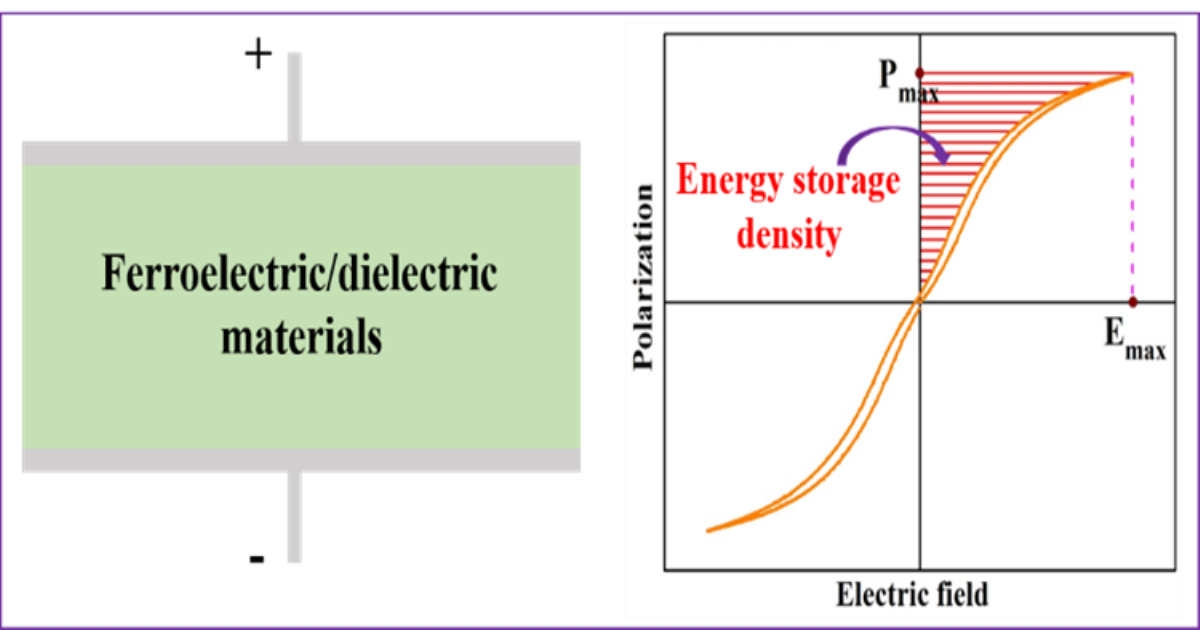Ferroelectric/Dielectric Materials for Energy Storage Applications
A special issue of Materials (ISSN 1996-1944). This special issue belongs to the section "Energy Materials".
Deadline for manuscript submissions: closed (10 July 2024) | Viewed by 2580

Special Issue Editor
Special Issue Information
Dear Colleagues,
Owing to the global energy crisis and environmental pollution, effective energy storage has become a hot topic being studied all over the world. Although batteries and electrochemical capacitors possess a high energy density, they suffer from low power density. In contrast, dielectric capacitors exhibit a relatively high power density, which can be used for electromagnetic catapults, military weapons, new energy vehicles and other pulsed power systems. Unfortunately, the conflicts between the polarization and the maximum applied electric field impede the improvement of energy storage performance and the applications of dielectric capacitors. Therefore, it is urgent to develop dielectric capacitors with high energy storage density and efficiency.
Dr. Fei Yan
Guest Editor
Manuscript Submission Information
Manuscripts should be submitted online at www.mdpi.com by registering and logging in to this website. Once you are registered, click here to go to the submission form. Manuscripts can be submitted until the deadline. All submissions that pass pre-check are peer-reviewed. Accepted papers will be published continuously in the journal (as soon as accepted) and will be listed together on the special issue website. Research articles, review articles as well as short communications are invited. For planned papers, a title and short abstract (about 250 words) can be sent to the Editorial Office for assessment.
Submitted manuscripts should not have been published previously, nor be under consideration for publication elsewhere (except conference proceedings papers). All manuscripts are thoroughly refereed through a single-blind peer-review process. A guide for authors and other relevant information for submission of manuscripts is available on the Instructions for Authors page. Materials is an international peer-reviewed open access semimonthly journal published by MDPI.
Please visit the Instructions for Authors page before submitting a manuscript. The Article Processing Charge (APC) for publication in this open access journal is 2600 CHF (Swiss Francs). Submitted papers should be well formatted and use good English. Authors may use MDPI's English editing service prior to publication or during author revisions.
Keywords
- ferroelectric and dielectric materials for energy storage
- ceramic-based materials for energy storage
- polymer-based materials for energy storage
- theory and simulation for energy storage materials
- strategy for optimizing the energy storage performance
- advanced characterization techniques for energy storage materials
Benefits of Publishing in a Special Issue
- Ease of navigation: Grouping papers by topic helps scholars navigate broad scope journals more efficiently.
- Greater discoverability: Special Issues support the reach and impact of scientific research. Articles in Special Issues are more discoverable and cited more frequently.
- Expansion of research network: Special Issues facilitate connections among authors, fostering scientific collaborations.
- External promotion: Articles in Special Issues are often promoted through the journal's social media, increasing their visibility.
- Reprint: MDPI Books provides the opportunity to republish successful Special Issues in book format, both online and in print.
Further information on MDPI's Special Issue policies can be found here.






